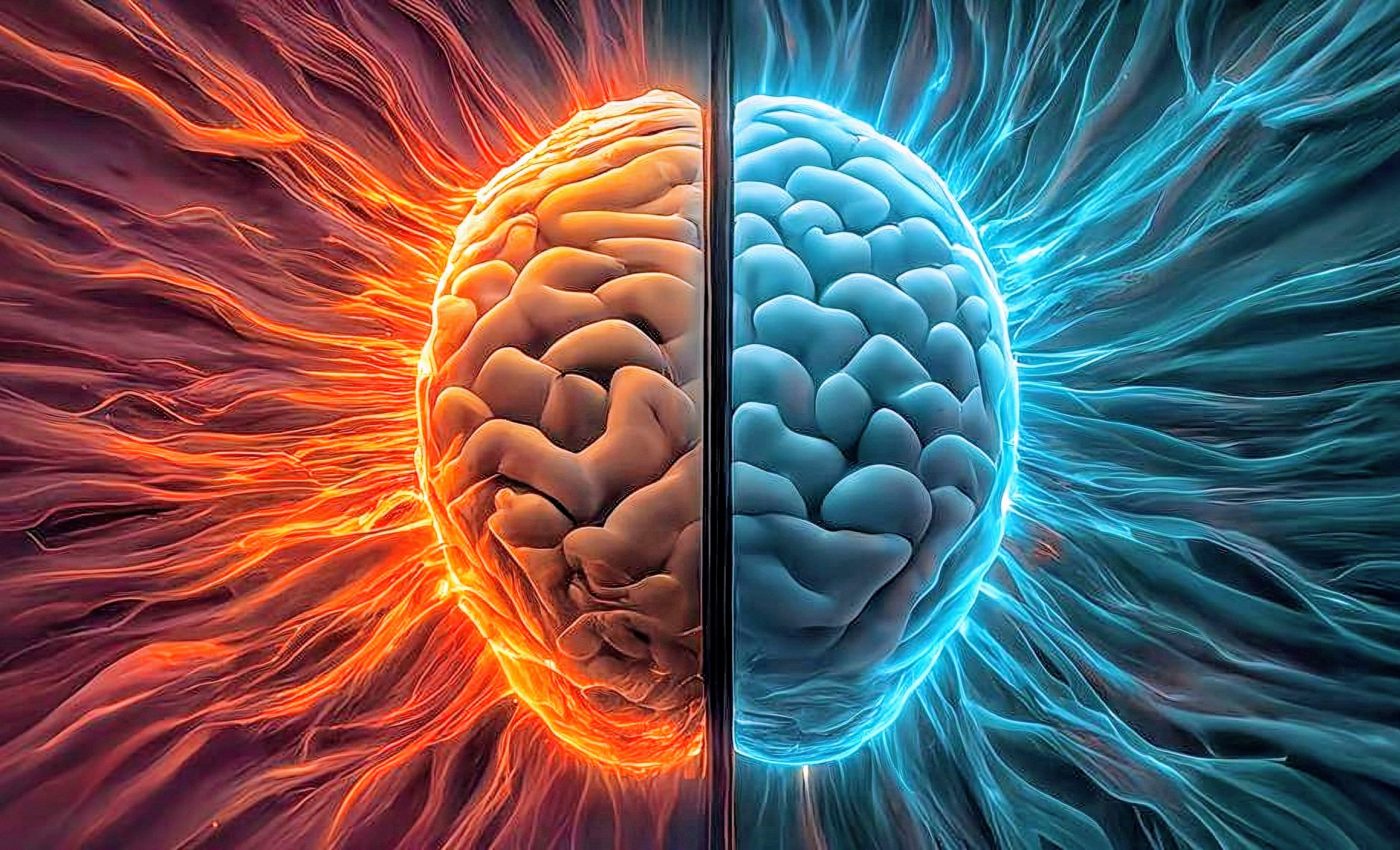
How the brain links pronouns to memory
The brain’s ability to effortlessly link pronouns to the correct person in a sentence is remarkable.
Imagine reading: “Donald Trump and Kamala Harris walked into the bar, she sat down at a table.” Instantly, you know it was Kamala Harris who sat, not Donald Trump.
But how does the brain make that connection so easily, especially when multiple interpretations are possible?
An international team of neurosurgeons, neuroscientists, and neurologists set out to uncover the mechanisms behind this process, focusing on how the brain links pronouns to specific individuals.
Brilliance of the brain’s hippocampus
The research was led by Pieter R. Roelfsema, director of the Netherlands Institute for Neuroscience in Amsterdam.
The experts were particularly interested in the role of the hippocampus – the brain area responsible for learning and memory.
Thr study was focused on patients undergoing treatment for epilepsy. To manage their condition, each of these patients had depth electrodes implanted within their hippocampus.
“We can measure the activity of individual brain cells in the hippocampus while the patient performs a task,” explained study co-author Matthew Self.
The team observed that “concept cells” within the hippocampus would respond to specific individuals.
For instance, a “Jennifer Aniston cell” would become active upon seeing her photo, hearing her name or reading “Jennifer Aniston.” Could these cells activate upon reading pronouns?
Brain reaction to pronouns
Doris Dijksterhuis, another researcher from the team, elaborated on their experimental approach.
“To test this, we first showed the patients many photos until we found a cell that responded to one particular image,” said Dijksterhuis.
“For example, we found a cell that responded to an image of ‘Shrek’ but not to other images. We call this cell a ‘Shrek concept cell.'”
“When patients later read a sentence like: ‘Shrek and Fiona were having dinner. He poured out some wine,’ the ‘Shrek’ cell indeed responded to the word Shrek, but also to the pronoun ‘He.’”
Brain cells track the pronouns
Dijksterhuis found this fascinating as a pronoun can mean something entirely different in another sentence.
For example, in the sentence “Donald Trump and Kamala Harris were having dinner. He poured out some wine,” the same pronoun (he) refers to Donald Trump and hence, the Shrek cell did not react.
It became apparent that cells in the hippocampus track the individual a pronoun refers to in a dynamic, flexible manner.
Brain activity and pronoun processing
The researchers asked the participants to answer a question at the end of each sentence regarding who performed the action. They could predict the correct answer based on the activity of the individual concept cells.
“We observed that patients tended to choose the person that evoked the most activity in the hippocampus at the start of the sentence,” noted Self.
Brain, memory, and pronouns
“The hippocampus is important for learning and memory, but it remains unclear how the hippocampus is involved in the interaction between memory and language. Ultimately, we want to know how an entire memory is formed and represented in the brain,” explained Dijksterhuis.
“It is of great value that this group of patients has given their permission to participate in our research.”
“We can only very rarely measure the activity of single brain cells in people who are reading and it is impossible to study these processes in animals. When we get the chance, we try to get as much out of it as possible.”
The recent findings bring scientists closer to unraveling the complexities of memory and cognition, ultimately leading to a better understanding of the human brain.
Pronoun perception in the hippocampus
As the research progressed, the team further explored how the hippocampus could distinguish between multiple pronoun references in real time.
Their experiment with concept cells, like those reacting to Shrek or Jennifer Aniston, showed that the hippocampus doesn’t just store memories – it dynamically tracks language cues.
This breakthrough suggests that the brain’s memory and language centers work together more intricately than previously thought, particularly when processing ambiguous information like pronouns.
The study offers a new perspective on how we form coherent memories from fragmented linguistic inputs.
The study is published in the journal Science.
—–
Like what you read? Subscribe to our newsletter for engaging articles, exclusive content, and the latest updates.
Check us out on EarthSnap, a free app brought to you by Eric Ralls and Earth.com.
—–












